Rebellious Stripes (1767/ 13 Colonies)
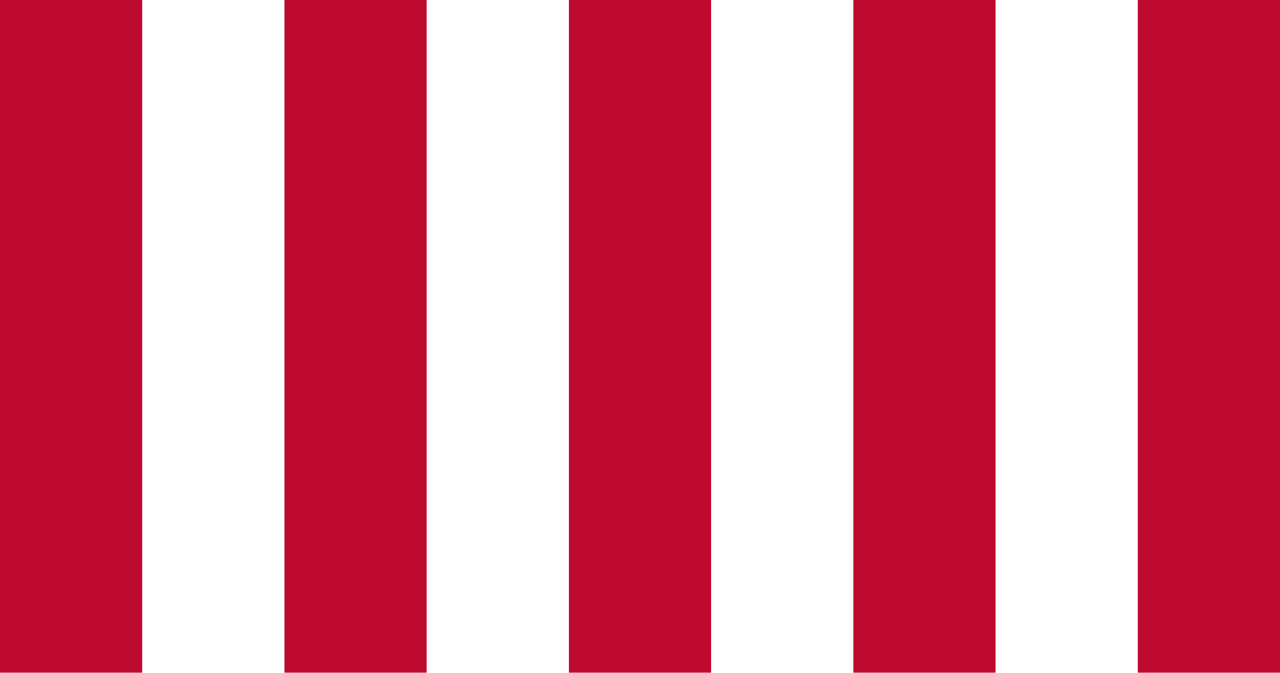
Flown from the Boston Liberty Tree, this banner was created o the sons of Liberty political organization to protest against Snish taxation and support Americas economic freedom.
Hulbert Flag (1775/ 13 Colonies)
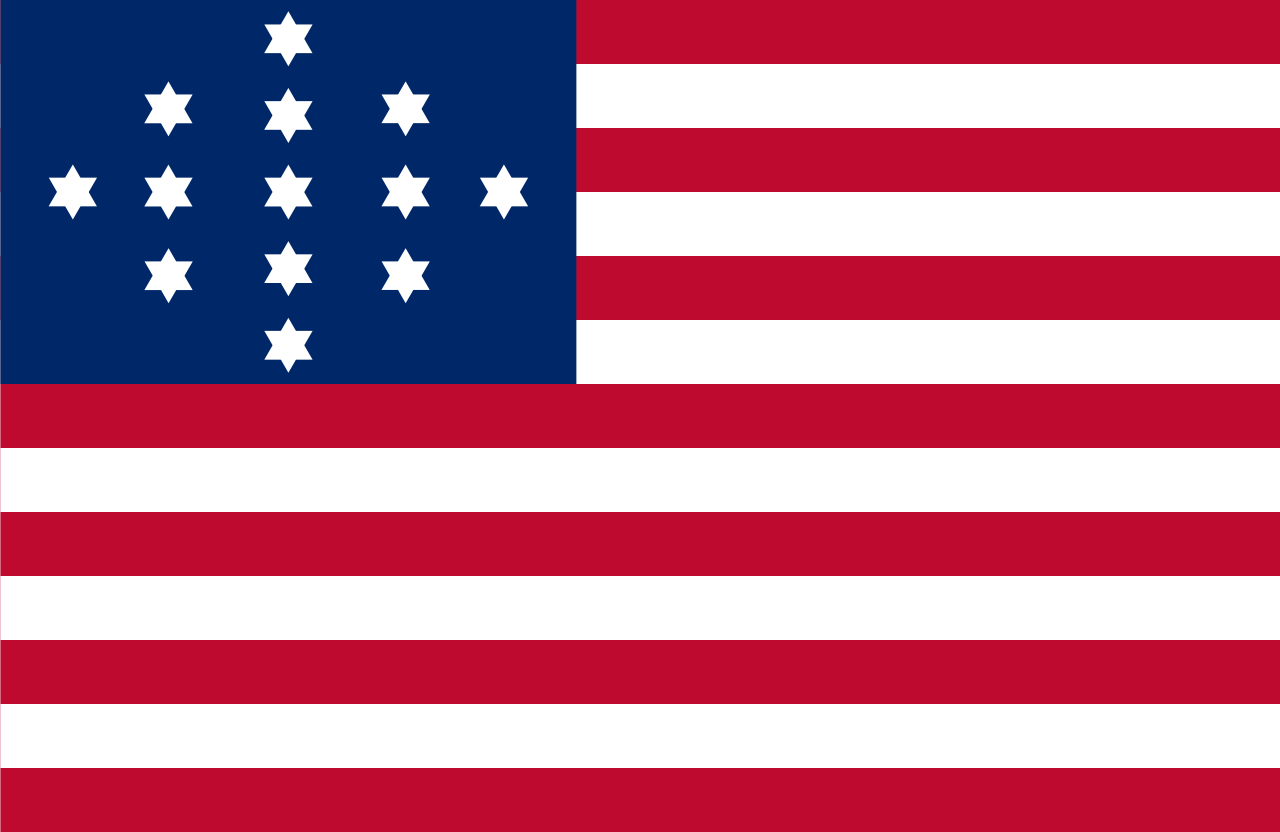
Designed and carried by Capt. John Hulbert from Fort Ticonderoga to Philadelphia during (he American Revolution, this flag’s six-pointed stars are arranged in the cross of St Andrew.
Continental Colors (1775/ 13 Colonies)
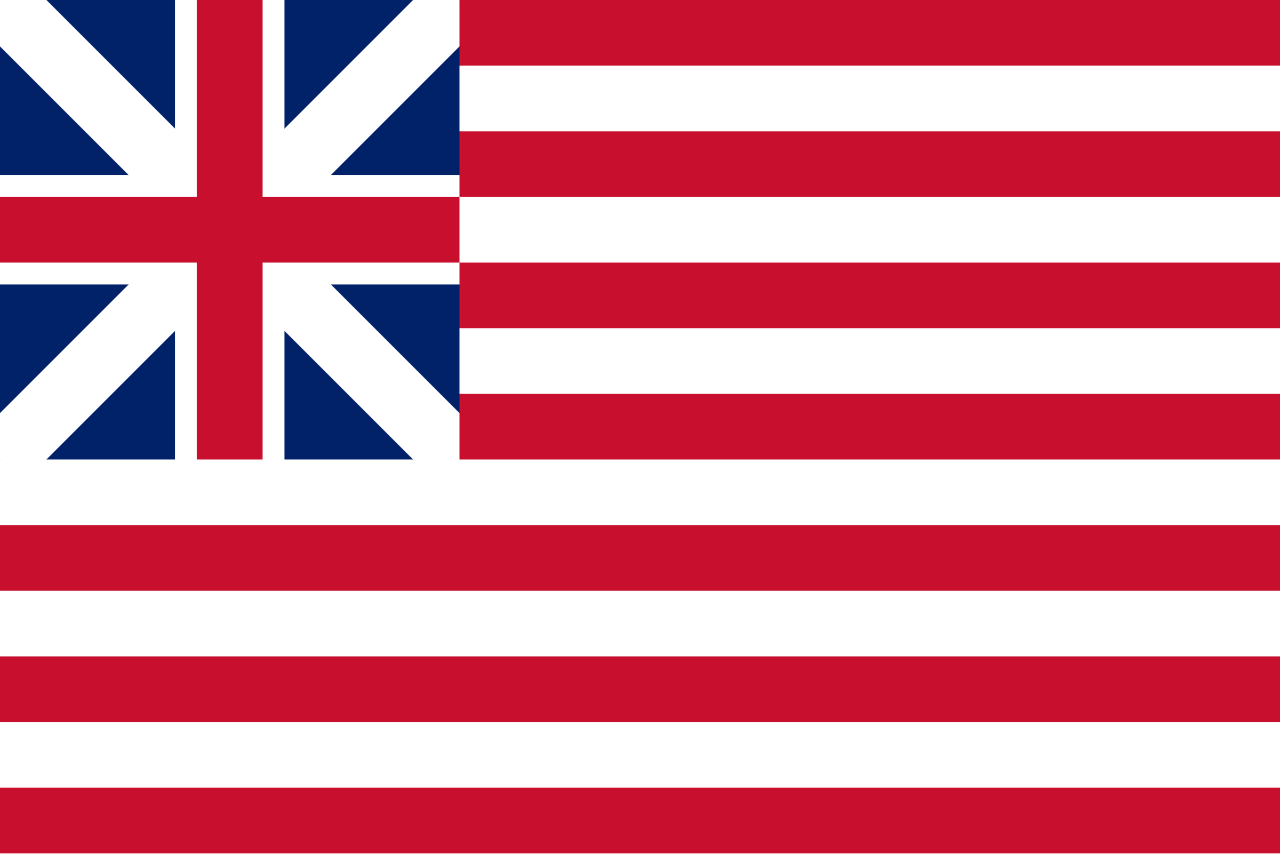
Ordered by Gen. George Washington to be raised on Prospect Hill on New Year’s Day 1776, this flag was flown to celebrate the creation of the Continental Army.
Washington’s Commander-in-Chief Flag (1775/ 13 Colonies)
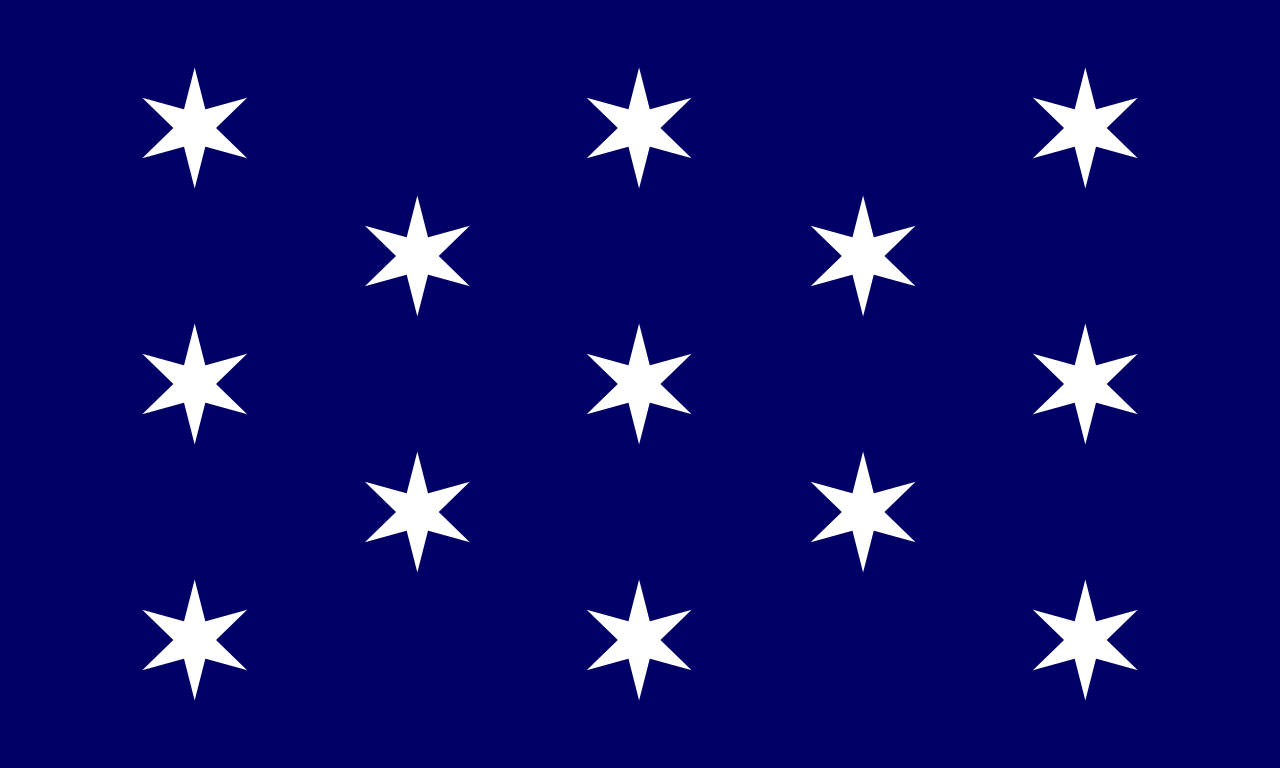
This flag was the personal standard of the Commander of the Continental Army.
Betsy Ross Flag (1776/ 13 Colonies)
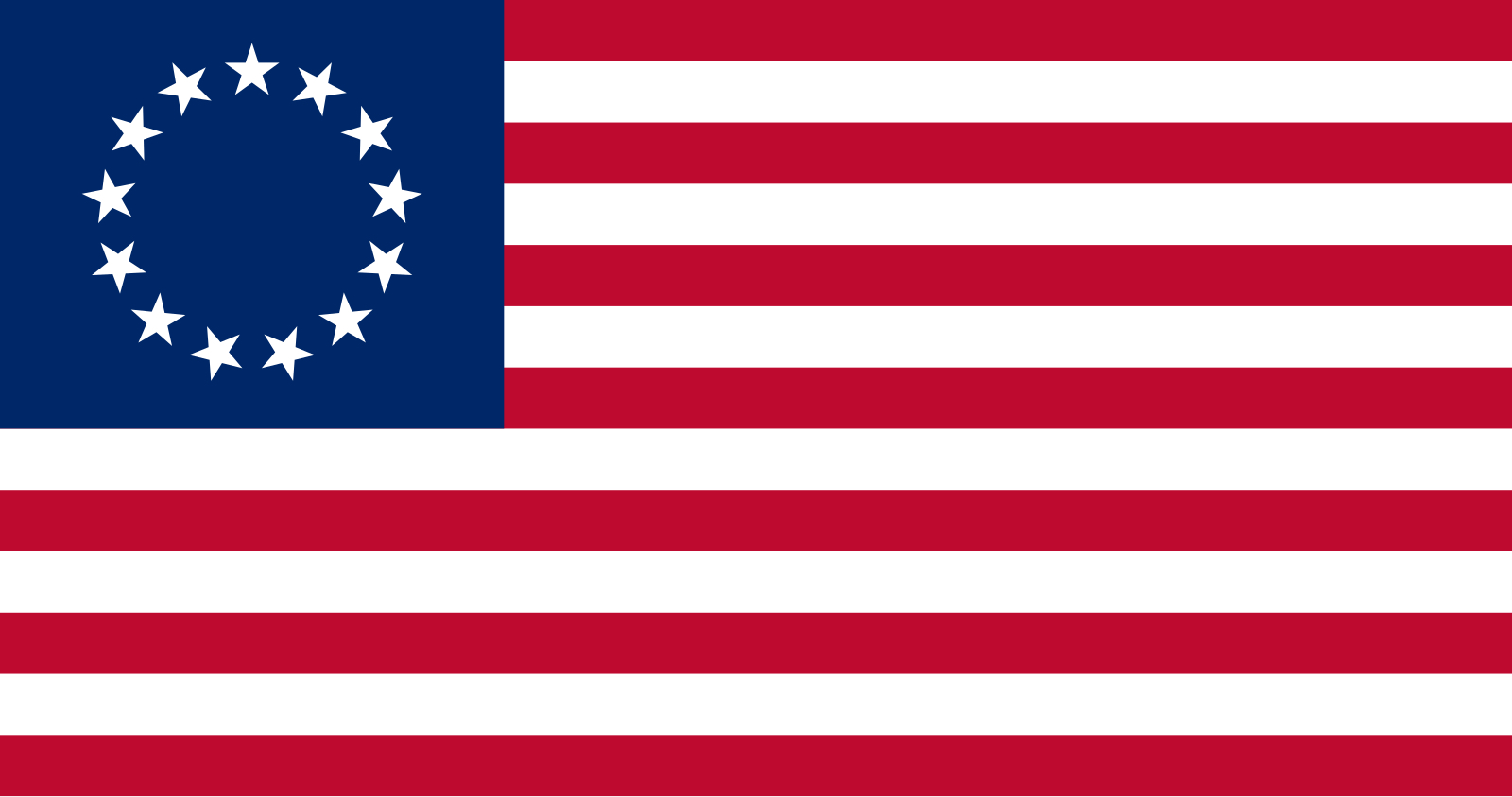
Legend has it that Betsy Ross convinced Gen. Washington to forego the six-pointed star by showing how to make a five-pointed one with a snip of her scissors. The flag would represent the new nation.
Francis Hopkinson Flag (1777/ 13 Sovereign States)
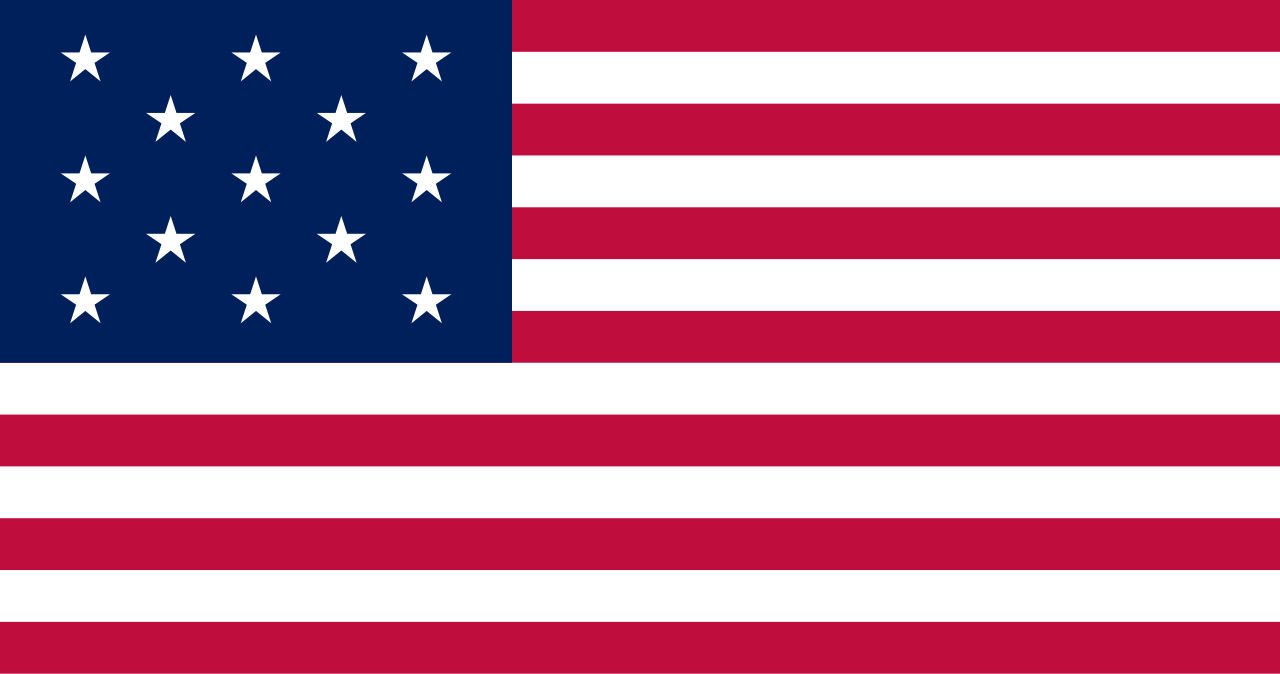
Officially adopted by the Continental Congress as the first national flag, this banner was designed by the Secretary of Navy Francis Hopkinson while serving on the Continental Marine Committee.
Shaw Flag (1783/ 13 Sovereign States)
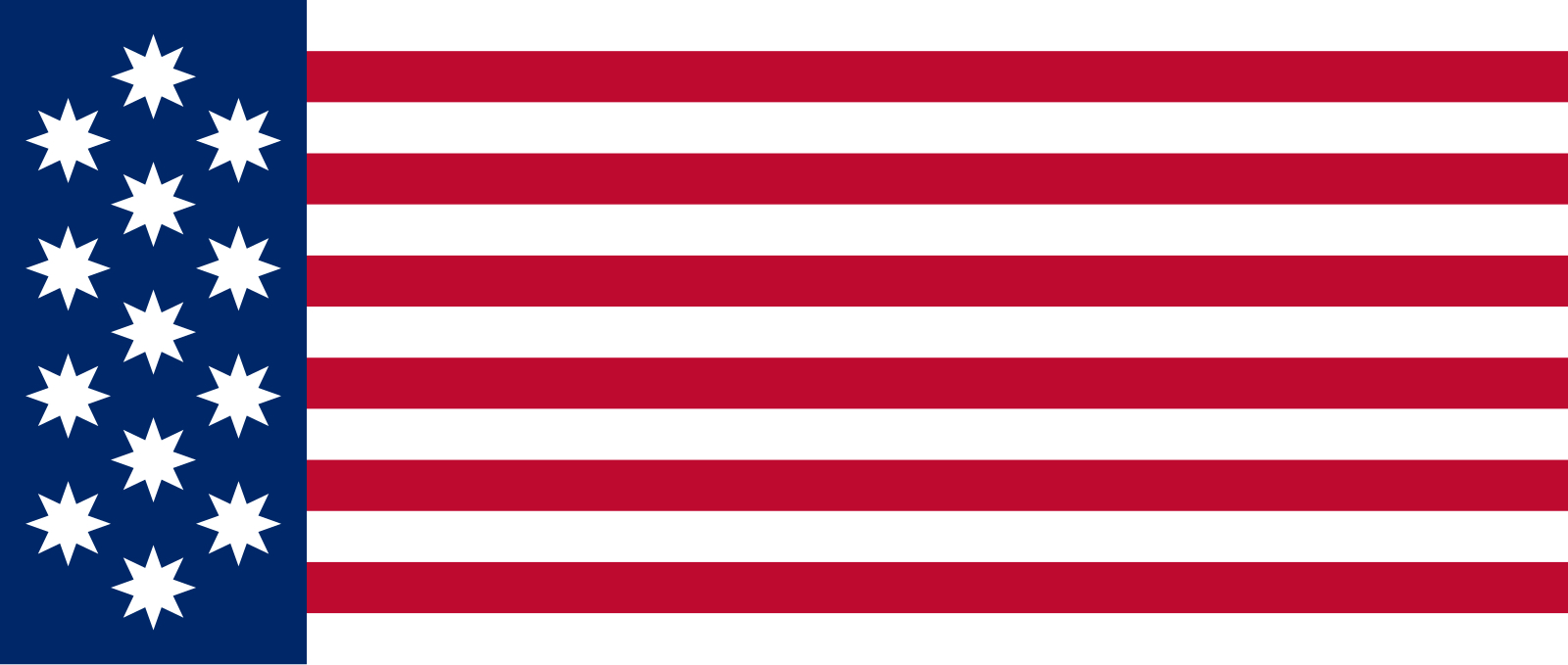
This flag was commissioned by the Governor’s Council of Maryland to fly in Annapolis (America’s first peacetime national capital) while the Continental Congress was in session.
Star-Spangled Banner (1813/ 18 States)
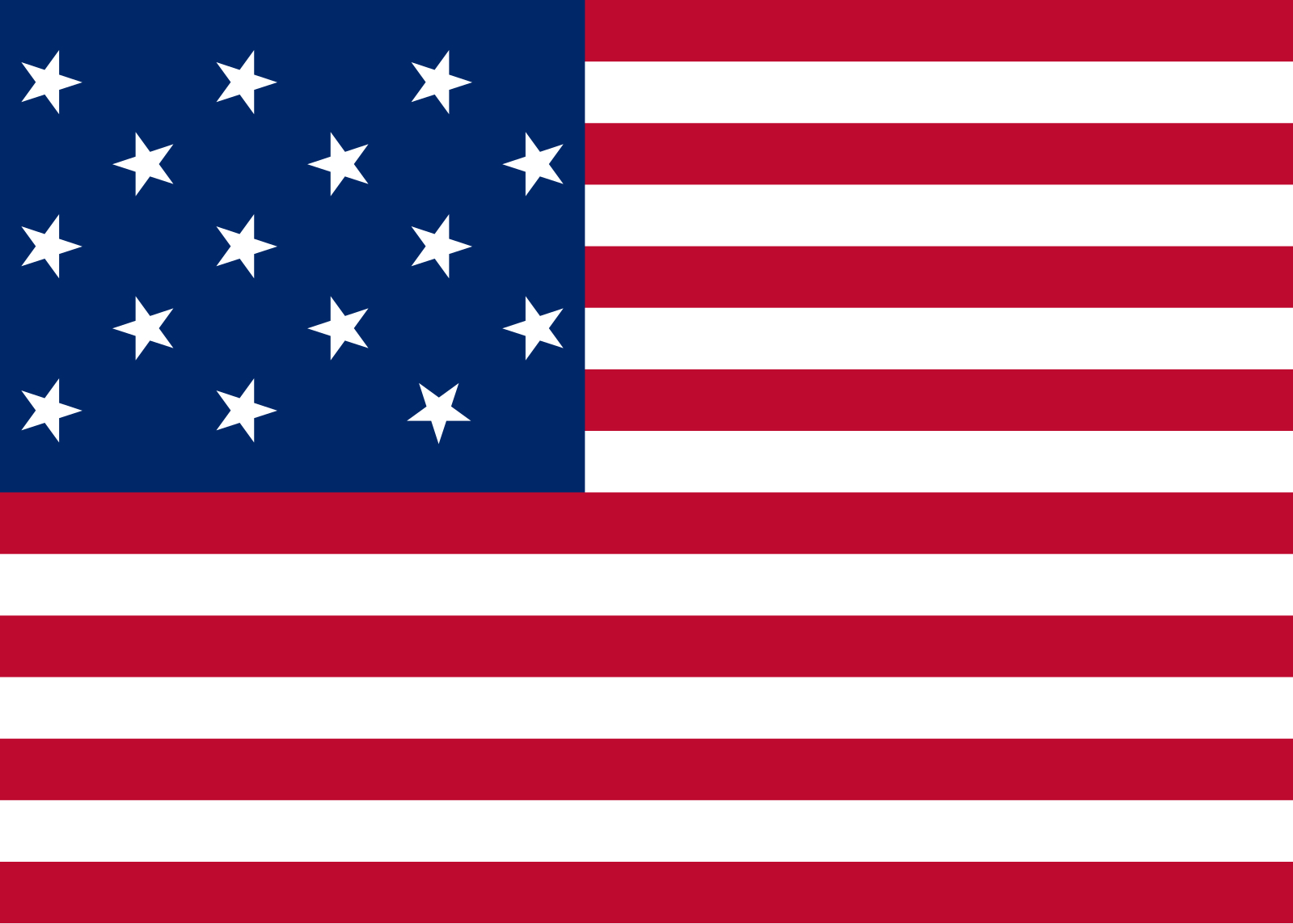
This was the garrison flag of Fort McHenry in Baltimore under Maj. George Armistead. The 15 stars and stripes marked the joining of Vermont and Kentucky to the Union.
20-Star Flag (1818/ 20 States)
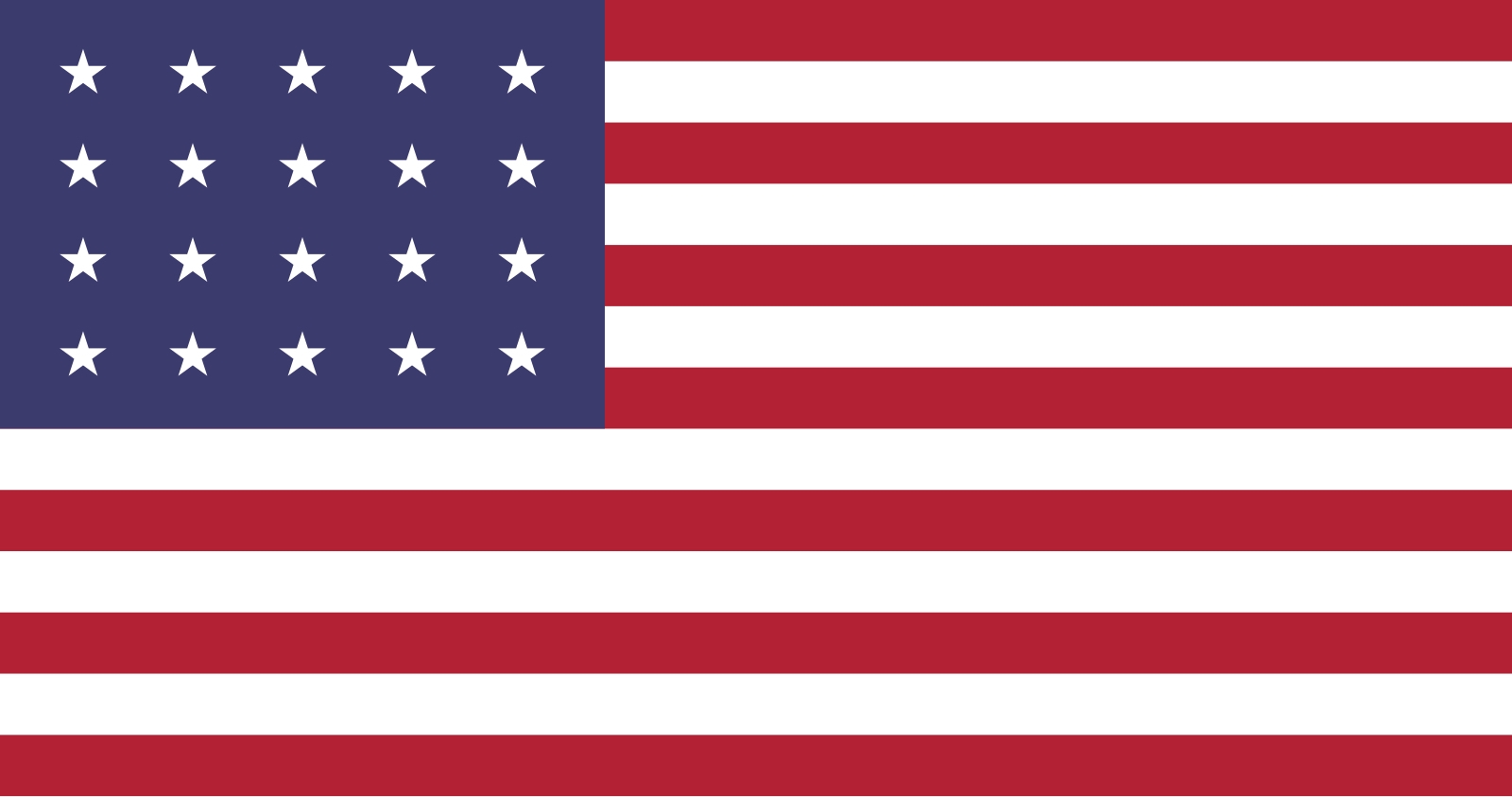
James Monroe was the only president to serve under this flag. Five stars were added for the admission of Tennessee, Ohio, Louisiana, Indiana, and Mississippi into the Union.
Old Glory ( 1824/ 24 States & 1862/ 34 States)
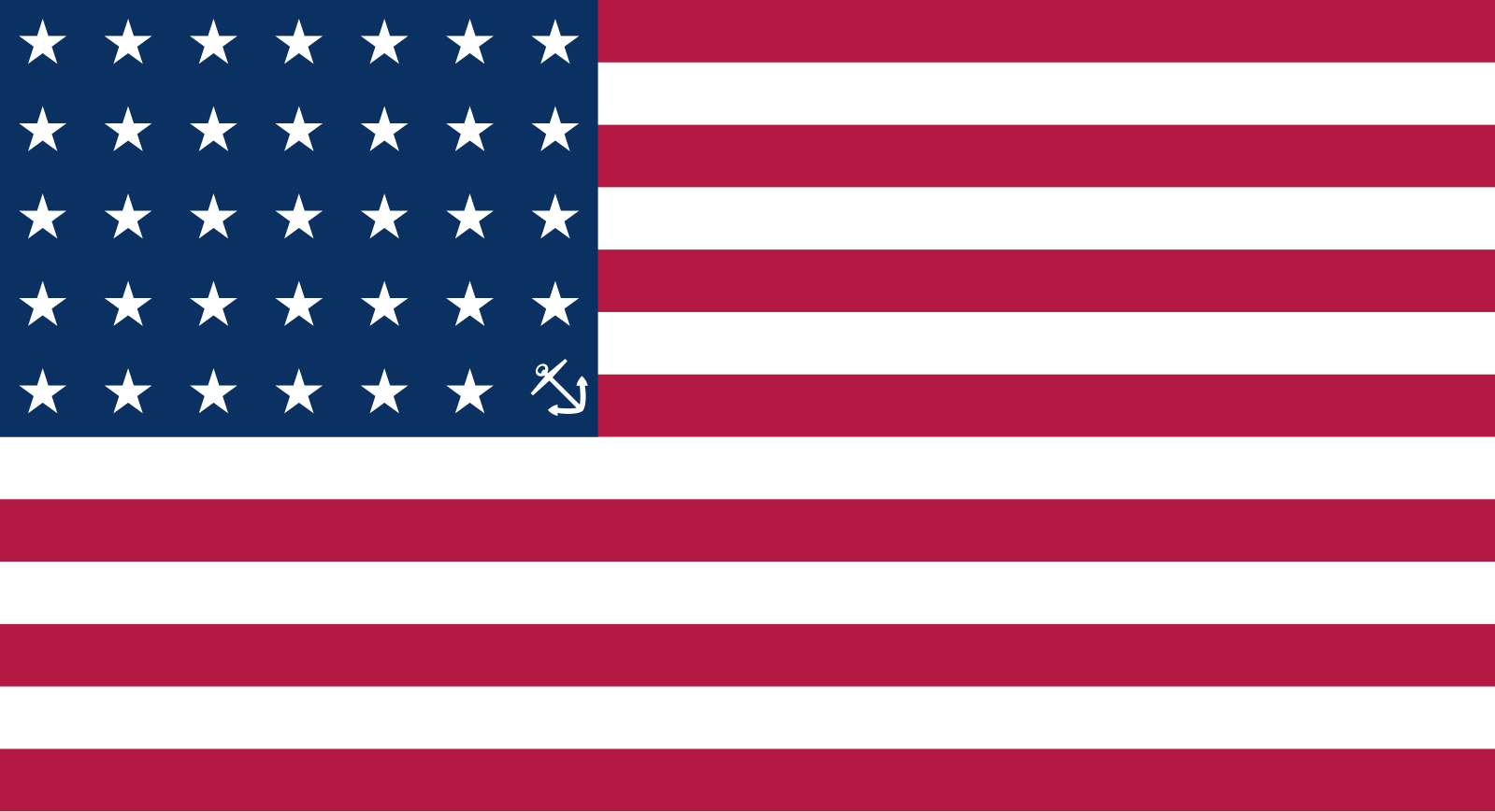
Also known as the William Driver Flag, it was kept hidden in a quilt during the Civil War. This flag was hoisted onto the dome of Tennessee’s capitol following Gen. Ulysses S. Grant’s victory at Fort Donelson in 1862.
Fort Sumter Diamond (1861/ 34 States)
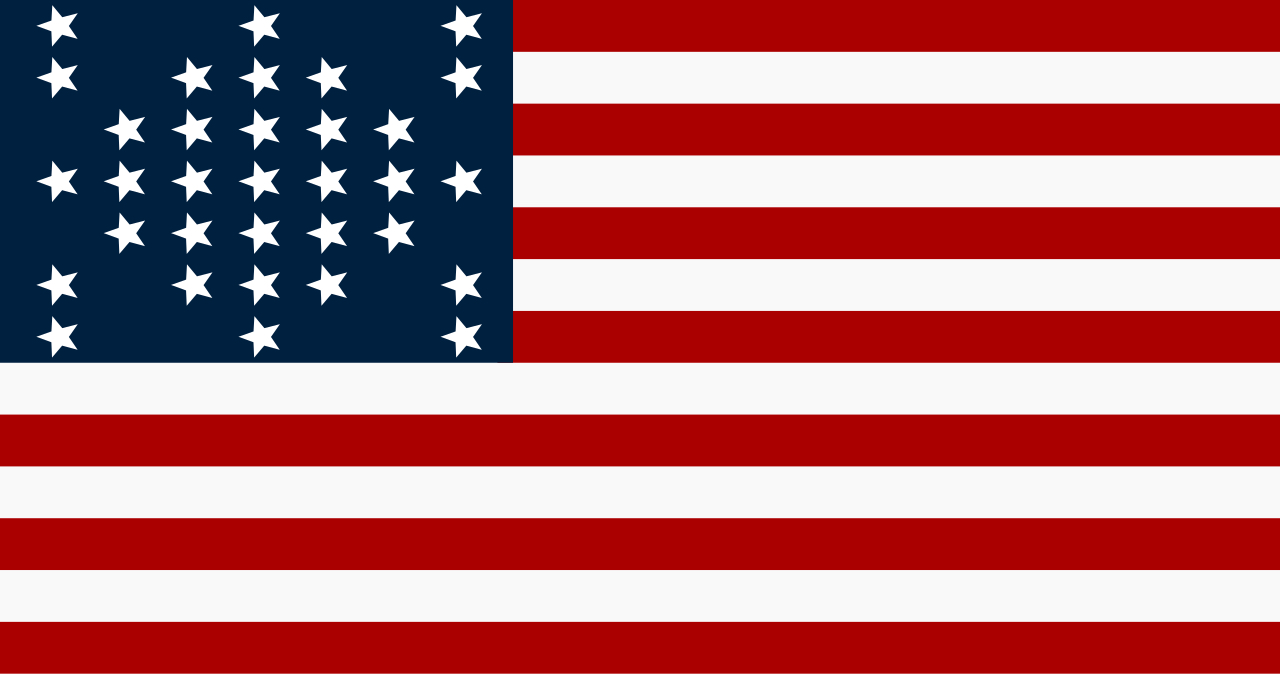
Following the Battle of Fort Sumter in the Civil War, President Abraham Lincoln decided against removing the stars of the seceded states, since his goal was to preserve the Union.
37-Star Flag (1867/ 37 States)
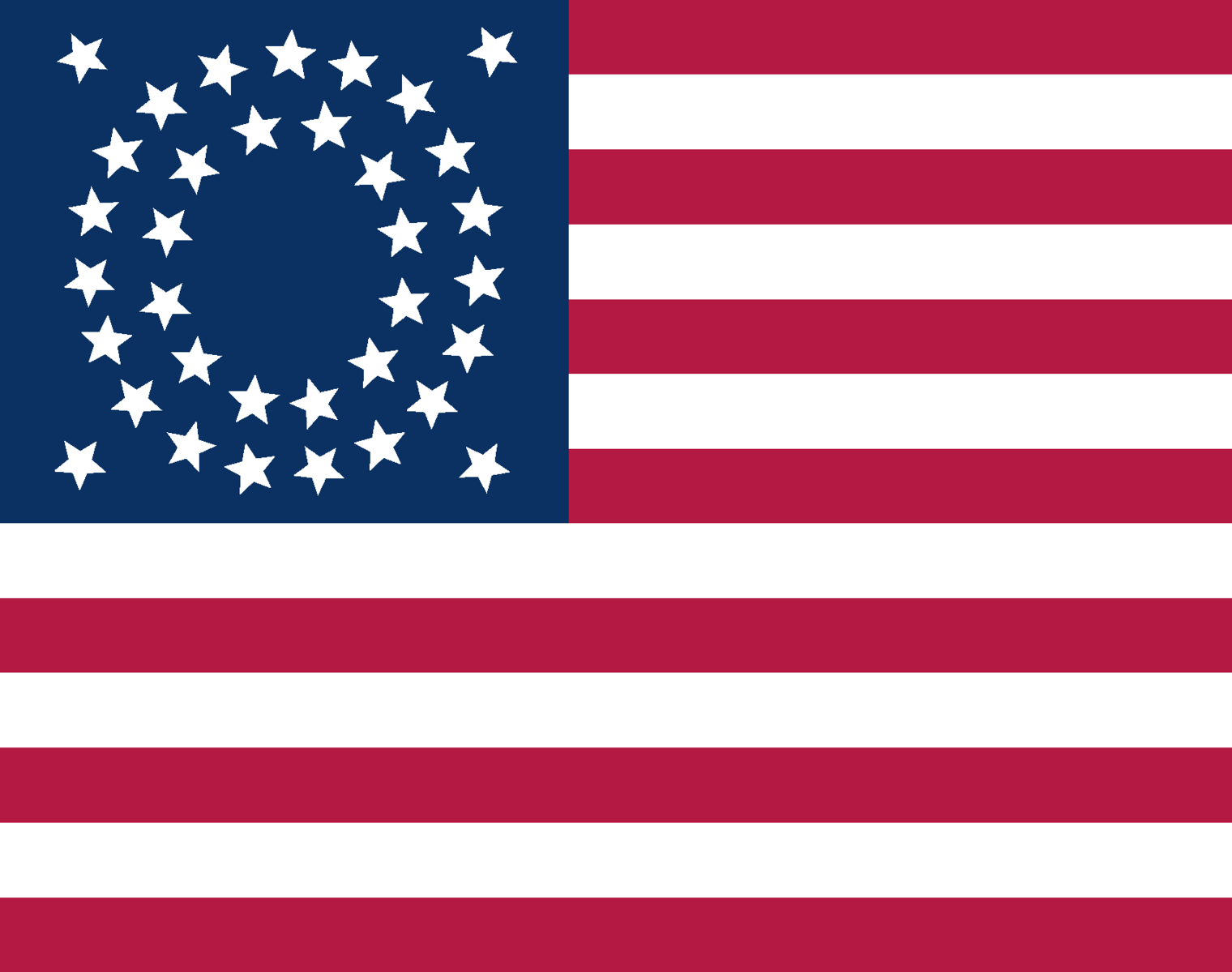
This medallion star arrangement was a popular choice during the Civil War and up until the 1890s. The center star represents Nebraska, the newest state added to the Union.
48-Star Flag (1912/ 48 States)
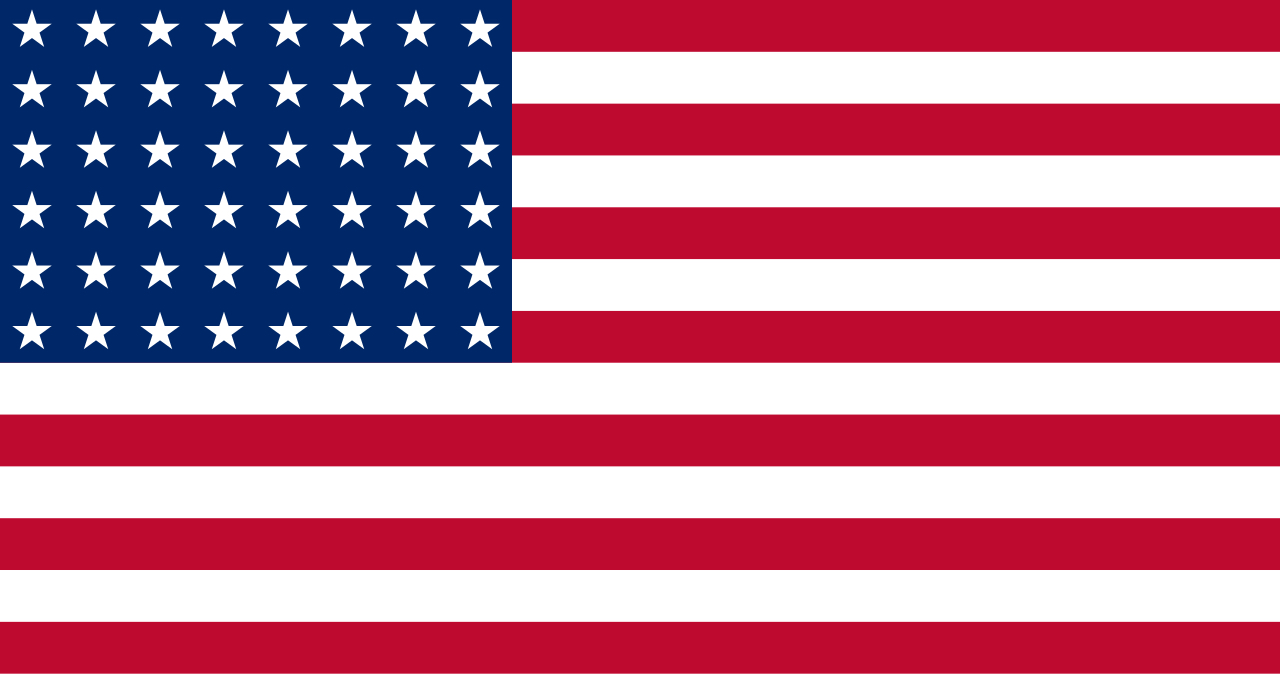
This flag was in use for 47 years: through two world wars and eight presidential terms.
50-Star Flag (1959/ 50 States)
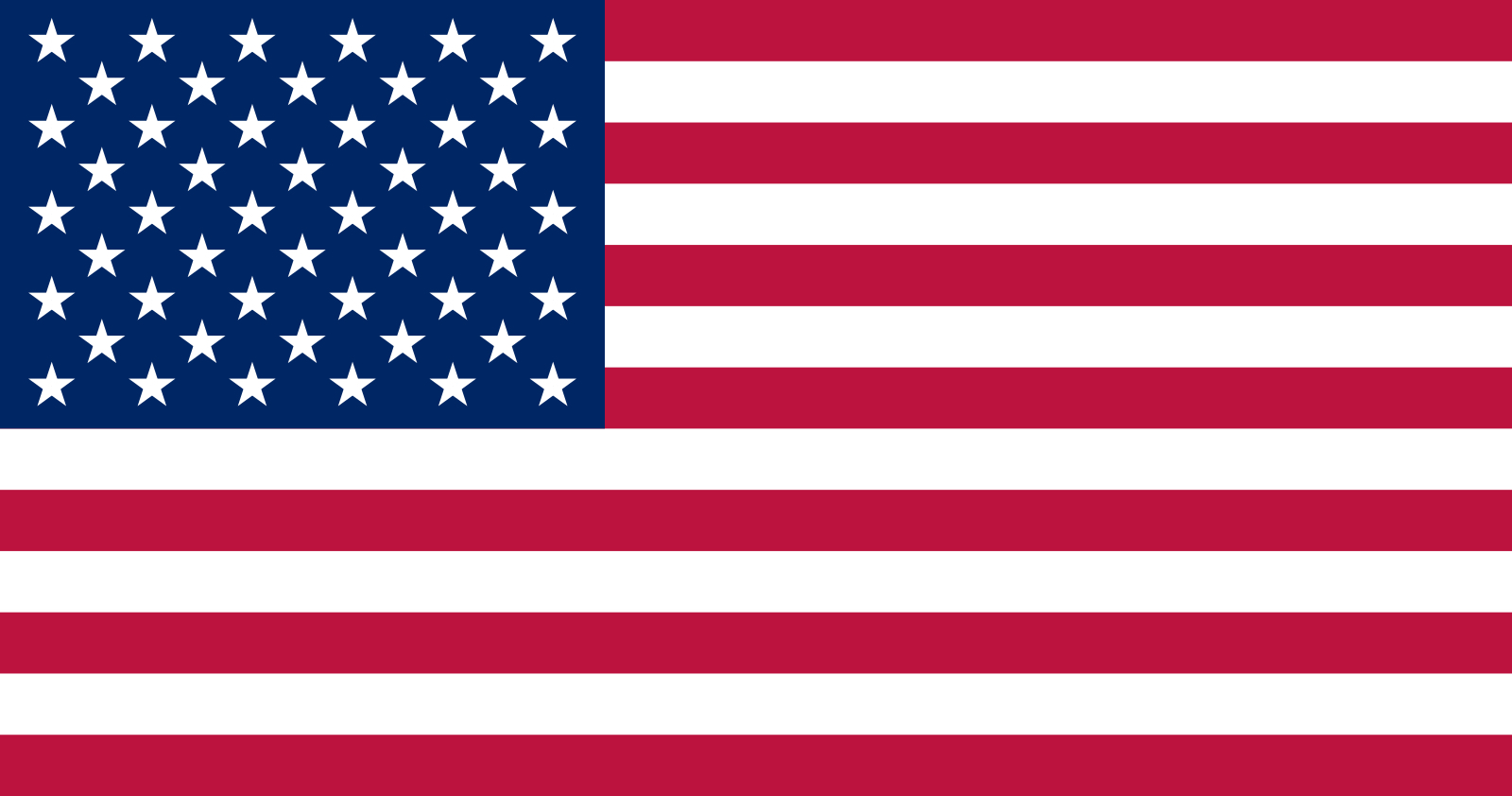
Bob G. Heft designed this flag for his high school history class project, incorporating two stars for the possibility that Alaska and Hawaii would join the Union. The design was later chosen by President Dwight D. Eisenhower.
Flag Symbolism
50 Stars for the 50 states of the Union
13 Stripes for the original 13 colonies
Red represents hardiness, valor, courage, and the readiness to sacrifice for one’s country.
White stands for purity and innocence.
Blue signifies justice for all, a reminder to remain watchful and strong.
From American Essence Volume 2 June edition













